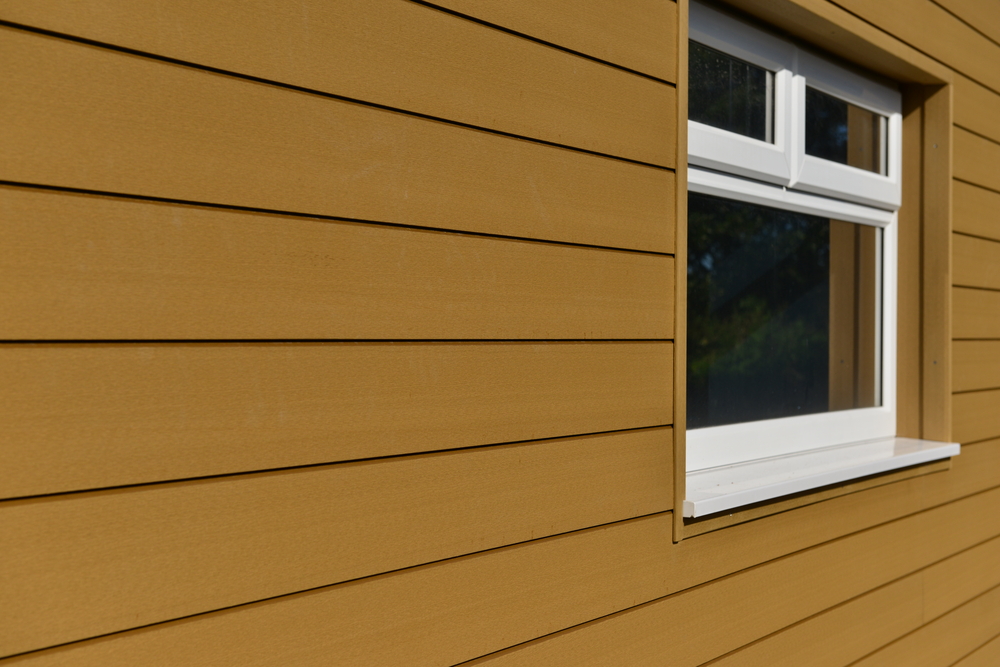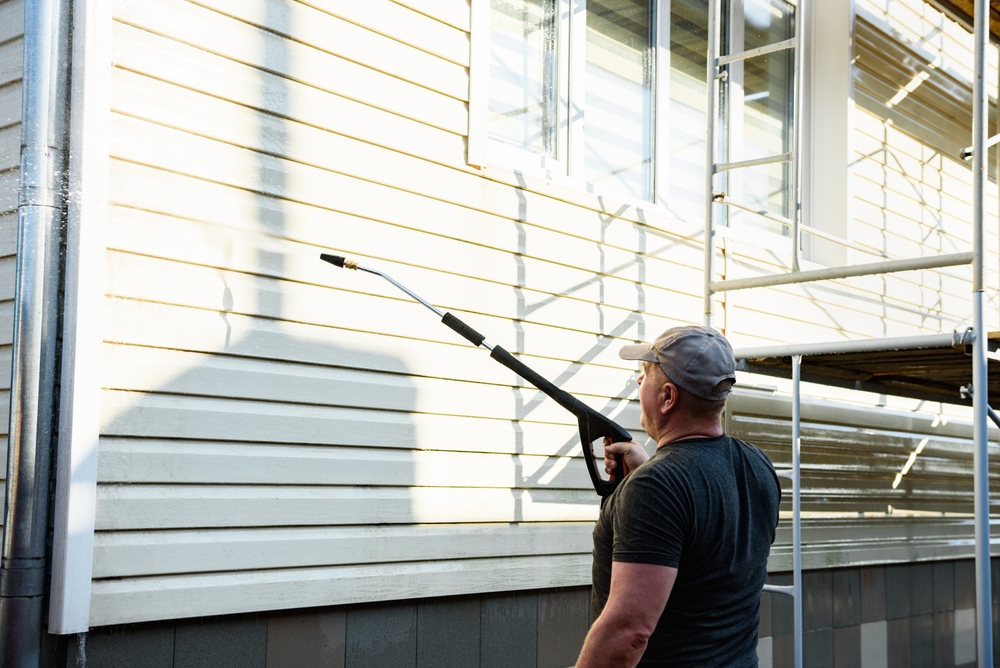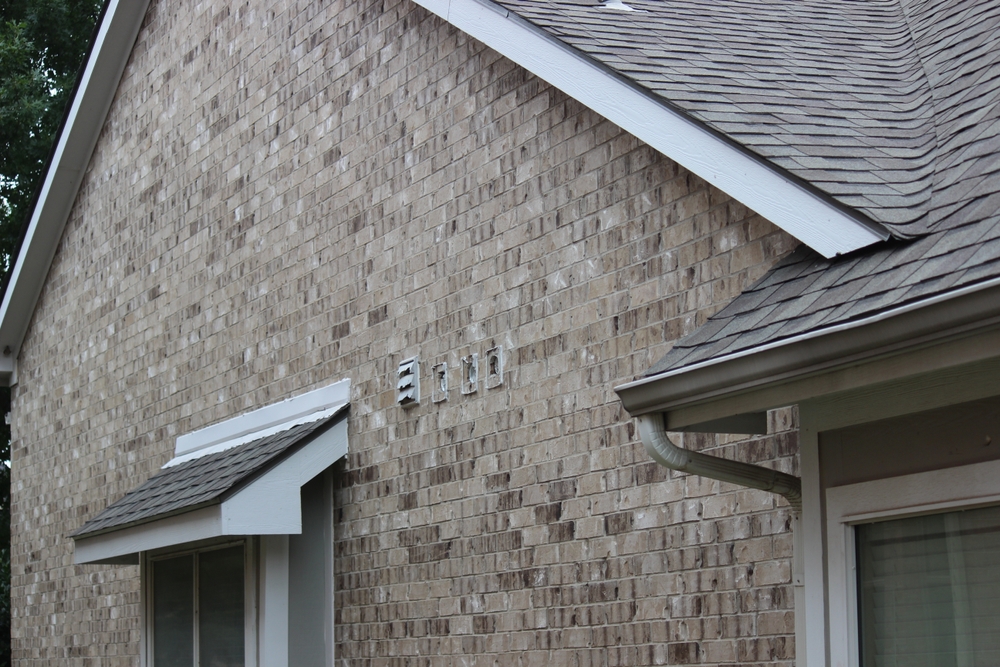Introduction
Condensation on the inside of windows is a common issue faced by many homeowners, especially during colder months. This article explores the causes of condensation, its effects, and practical solutions to combat it effectively.
Causes of Condensation
Condensation occurs when warm, moist air comes into contact with a colder surface, such as a window pane. Factors contributing to this phenomenon include temperature differentials between indoor and outdoor environments, high humidity levels within the home, and inadequate ventilation.

Effects of Condensation
Condensation not only obscures visibility through windows but also leads to more severe consequences. It can cause damage to window frames, sills, and surrounding structures due to prolonged exposure to moisture. Additionally, it creates an ideal environment for mold and mildew growth, which can pose health risks to occupants.
Prevention Methods
To combat condensation effectively, it’s essential to address its root causes. This involves controlling indoor humidity levels through the use of dehumidifiers or air conditioners, improving ventilation by opening windows or utilizing exhaust fans, and sealing any gaps or cracks that may allow warm, moist air to enter.
DIY Solutions
There are several DIY methods to minimize condensation on windows. These include placing moisture-absorbing materials such as silica gel or activated charcoal near affected areas, using insulating window treatments such as thermal curtains or blinds, and adjusting daily activities that generate excess moisture, such as cooking or showering.
Professional Solutions
For more persistent condensation issues, consulting with a professional may be necessary. They can recommend and implement solutions such as installing double or triple-pane windows with low-emissivity coatings, upgrading HVAC systems to better regulate indoor humidity levels, or conducting a comprehensive home energy audit to identify potential sources of air leakage.
Maintenance Tips
Regular maintenance is crucial in preventing condensation buildup. This includes cleaning windows and frames regularly to remove any accumulated moisture or debris, repairing damaged seals or caulking to prevent air leakage, and monitoring indoor humidity levels with a hygrometer to ensure they remain within a healthy range.

Long-Term Strategies
Investing in long-term solutions can help mitigate condensation issues effectively. This may involve upgrading to energy-efficient windows with advanced insulation properties, implementing whole-house ventilation systems such as heat recovery ventilators or exhaust fans, and scheduling periodic maintenance checks to address any potential issues promptly.
Common Mistakes to Avoid
Some common mistakes homeowners make when dealing with condensation include neglecting proper ventilation, overlooking insulation deficiencies, and ignoring early warning signs such as water droplets or frost formation on windows. By addressing these issues proactively, the likelihood of condensation-related problems can be significantly reduced.
Environmental Impact
In addition to its practical implications, condensation also has environmental consequences. Excessive energy consumption resulting from heating or cooling efforts to combat condensation contributes to carbon emissions and other environmental pollutants. Therefore, implementing sustainable solutions such as energy-efficient windows or passive ventilation systems is crucial in reducing its environmental footprint.
Cost Analysis
While the initial cost of implementing condensation prevention measures may seem daunting, it’s essential to consider the long-term benefits and savings they offer. By reducing energy consumption, minimizing property damage, and improving indoor air quality, these measures can ultimately lead to significant cost savings and a higher return on investment over time.
Conclusion
Condensation on the inside of windows is a common problem that can lead to various issues if left unaddressed. By understanding its causes and effects, implementing preventive measures, and investing in long-term solutions, homeowners can effectively combat condensation and maintain a healthy, comfortable indoor environment. If you are interested in professional solutions contact us
FAQs (Frequently Asked Questions)
- Can condensation on windows cause mold growth?
- Yes, condensation provides the ideal conditions for mold and mildew growth, which can pose health risks to occupants.
- How can I reduce indoor humidity levels?
- Indoor humidity can be reduced by using dehumidifiers, air conditioners, replacing the windows or improving ventilation in the home.
- Are there eco-friendly solutions for combating condensation?
- Yes, eco-friendly solutions include using natural ventilation methods, investing in energy-efficient windows, and minimizing energy consumption.
- What should I do if I notice condensation forming on my windows?
- Take proactive measures to address the root causes, such as improving ventilation, controlling indoor humidity, and sealing any gaps or cracks around windows.
- Is it necessary to consult a professional for condensation issues?
- While DIY solutions may suffice for minor condensation problems, consulting a professional can help identify and address underlying issues effectively.




